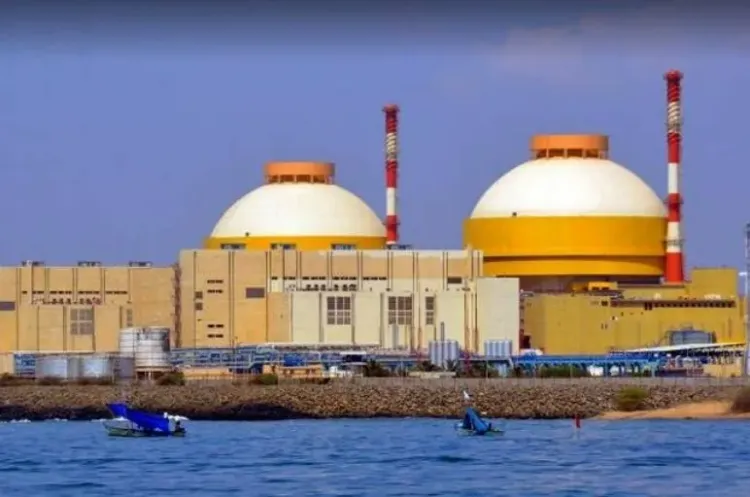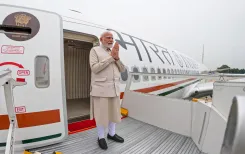Will India’s Nuclear Power Capacity Reach 22,380 MW by 2031-32?

Synopsis
Key Takeaways
- Projected nuclear capacity growth to 22,380 MW by 2031-32.
- Current capacity stands at 8,780 MW.
- Government's vision includes a target of 100 GW by 2047.
- Focus on SMRs for scalable energy solutions.
- Significant budget increases for the Department of Atomic Energy.
New Delhi, July 23 (NationPress) India's current nuclear power capacity of 8,780 MW is projected to soar to 22,380 MW by 2031-32 as expansion plans are executed, according to information presented in Parliament on Wednesday.
The nation's nuclear power framework comprises 24 reactors generating a total of 8,780 MW (excluding the RAPS-1 reactor, which is under extended shutdown). Additionally, another 13,600 MW (including the 500 MW PFBR by BHAVINI) is at various developmental stages, stated Minister of State for Atomic Energy, Dr. Jitendra Singh, during a Lok Sabha session.
Upon the successful completion of these projects, India's nuclear power capacity is anticipated to hit 22,380 MW by 2031-32, he confirmed.
In the financial year 2024-25, India's nuclear power plants produced 56,681 million units (MUs) of electricity, which accounts for roughly 3% of the nation's total electricity generation, according to the minister.
The government is actively pursuing the enhancement of nuclear fuel sources through increased domestic production and diversified imports. An ambitious nuclear energy vision aims for a capacity of 100 GW by 2047, he added.
To facilitate this, the government has commenced processes to encourage extensive participation from both public and private sectors in the nuclear domain. Dr. Singh also highlighted initiatives to support R&D in Small Modular Reactors (SMRs) and other advanced technologies. SMRs are compact, factory-built reactors designed for easy scaling and deployment.
During an earlier parliamentary discussion, the minister noted the remarkable progress in reactor installations and nuclear energy advancements over the last decade.
“Prior to 2014, the Department of Atomic Energy's budget was Rs 13,889 crore. This year, it has surged to Rs 23,604 crore, reflecting a 170% increase,” he stated, emphasizing the government's dedication to nuclear energy expansion.
Additionally, the 2017 Union Cabinet decision, which authorized the construction of 10 new reactors in one decision, is a historic milestone for India’s nuclear sector. The recent Union Budget has further strengthened this field by introducing a dedicated nuclear mission with substantial budget allocations.









